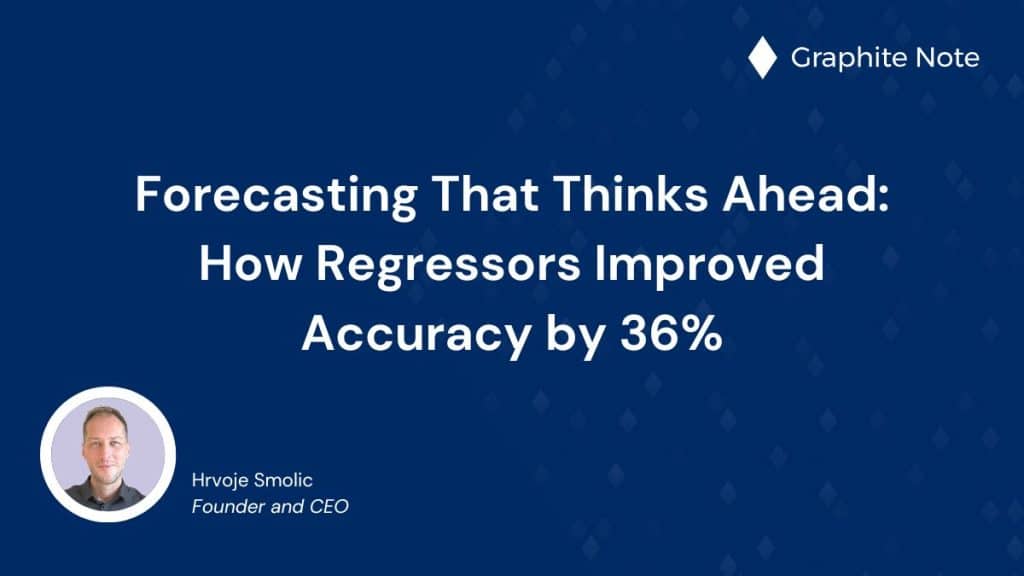Are you new to the world of machine learning? Are you eager to understand how models are evaluated and how their performance is measured? If so, you have come to the right place! In this comprehensive guide, we will explore the ins and outs of model evaluation in machine learning. By the end of this article, you will have a solid understanding of key concepts, different evaluation techniques, and the metrics used to assess the performance of machine learning models. So, let’s get started!
Understanding the Importance of Model Evaluation
Before diving into the details, let’s first define what model evaluation entails in the context of machine learning. Model evaluation is the process of assessing the performance and quality of a trained machine learning model. It helps us understand how well our model is performing in relation to its intended purpose. By evaluating our models, we can make informed decisions on whether to deploy them in production, fine-tune them for better performance, or even discard them if they do not meet our expectations.
Model evaluation is a critical step in the machine learning pipeline. It allows us to measure the effectiveness of our models and gain insights into their strengths and weaknesses. This information is invaluable for making informed decisions about the deployment and optimization of machine learning models.
When evaluating a model, we assess its performance using various metrics and techniques. These metrics can include accuracy, precision, recall, F1 score, and area under the receiver operating characteristic curve (AUC-ROC). Each metric provides a different perspective on the model’s performance and can help us understand its behavior in different scenarios.
Defining Model Evaluation in Machine Learning
In machine learning, model evaluation involves measuring the predictive accuracy of a model. Predictive accuracy refers to how well a model can make accurate predictions on unseen data. The goal is to find a model that generalizes well to new, unseen examples rather than just memorizing the training data.
Model evaluation goes beyond simply assessing the accuracy of a model. It also involves evaluating other aspects such as the model’s ability to handle class imbalance, its robustness to noisy data, and its ability to handle missing values. These factors play a crucial role in determining the overall performance and reliability of a machine learning model.
During the model evaluation process, it is common to split the available data into training and testing sets. The model is trained on the training set and then evaluated on the testing set to measure its performance on unseen data. This approach helps us simulate real-world scenarios where the model needs to make predictions on new, unseen examples.
The Role of Model Evaluation in Predictive Accuracy
Why is predictive accuracy so important? Well, the ultimate goal of a machine learning model is to make accurate predictions on real-world data. If a model fails to accurately predict outcomes, its usefulness diminishes. This is why evaluating and optimizing model performance is crucial. By understanding the strengths and weaknesses of our models, we can make informed decisions about their deployment and avoid potential pitfalls.
Model evaluation also helps us identify and address issues such as overfitting and underfitting. Overfitting occurs when a model performs exceptionally well on the training data but fails to generalize to new data. Underfitting, on the other hand, happens when a model is too simplistic and fails to capture the underlying patterns in the data. By evaluating our models, we can detect and mitigate these issues, ensuring that our models perform well on unseen data.
In conclusion, model evaluation is a crucial step in the machine learning process. It allows us to assess the performance and quality of our models, understand their strengths and weaknesses, and make informed decisions about their deployment and optimization. By striving for predictive accuracy and addressing issues such as overfitting and underfitting, we can build reliable and effective machine learning models that deliver accurate predictions on real-world data.
Key Concepts in Model Evaluation
Now that we have a clear overview of the importance of model evaluation, let’s delve into some key concepts that will help you better understand the evaluation process.
Overfitting and Underfitting
One of the fundamental concepts in model evaluation is the tradeoff between overfitting and underfitting. Overfitting occurs when a model learns the training data too well, making it overly complex and unable to generalize to unseen examples. On the other hand, underfitting happens when a model is too simple and fails to capture the underlying patterns in the data. Balancing these two extremes is crucial in building models that have good predictive performance on unseen data.
Bias-Variance Tradeoff
The bias-variance tradeoff is another important consideration in model evaluation. Bias refers to the simplifying assumptions a model makes about the relationship between the input features and the target variable. Variance, on the other hand, refers to the sensitivity of the model to variations in the training data. Finding the right balance between bias and variance is key to achieving optimal model performance.
Generalization and Validation
Generalization is the ability of a model to perform well on unseen data. It is a crucial aspect of model evaluation because it determines how well our models will perform in real-world scenarios. Validation, on the other hand, involves assessing the performance of a model on a separate validation dataset, which consists of examples that were not used during training. This allows us to estimate how well the model will generalize to new, unseen examples.
Different Types of Model Evaluation Techniques
Now that we have a solid understanding of the key concepts, let’s explore different techniques for evaluating machine learning models.
Holdout Method
The holdout method, also known as the train-test split, is one of the simplest model evaluation techniques. It involves splitting the available data into two parts: a training set and a test set. The model is trained on the training set and then evaluated on the test set. This allows us to estimate the model’s performance on unseen data.
Cross-Validation
Cross-validation is a more robust model evaluation technique that overcomes the limitations of the holdout method. It involves dividing the data into multiple subsets or “folds.” The model is trained on a combination of these folds and evaluated on the remaining fold. By repeating this process with different combinations of folds, we can obtain a more reliable estimate of the model’s performance.
Bootstrap
Bootstrap is another resampling technique that can be used for model evaluation. It involves creating multiple bootstrap samples by randomly sampling the original dataset with replacement. Each bootstrap sample is used to train a model, and the performance of the model is estimated by aggregating the results from the bootstrap samples.
Metrics for Model Evaluation
Now that we have explored different model evaluation techniques, let’s discuss the metrics used to assess the performance of machine learning models.
Classification Metrics
In classification tasks, where the goal is to predict discrete labels, there are several commonly used metrics to evaluate model performance. Some of these metrics include accuracy, precision, recall, F1 score, and area under the receiver operating characteristic (ROC) curve. These metrics help us understand how well our model is classifying the different classes in the dataset.
Regression Metrics
Regression tasks, on the other hand, involve predicting continuous values. In regression model evaluation, metrics such as mean squared error (MSE), mean absolute error (MAE), and R-squared are commonly used. These metrics allow us to assess how well our model is predicting the numerical values.
Ranking Metrics
For models that predict rankings or ordinal values, there are specific metrics such as mean average precision (MAP), mean reciprocal rank (MRR), and normalized discounted cumulative gain (NDCG). These metrics help us evaluate the performance of models in ranking or ordinal prediction tasks.
With these evaluation techniques and metrics in your arsenal, you are well-equipped to assess the performance of your machine learning models. Remember, model evaluation is not a one-size-fits-all process. It requires careful consideration of the problem at hand, the available data, and the specific requirements of your application. So, go ahead and put your knowledge into practice, and may your models always perform at their best!
Ready to take the guesswork out of machine learning and transform your data into actionable insights? Graphite Note is here to empower your team, whether you’re growth-focused without AI expertise or an agency lacking a data science team. Our no-code predictive analytics platform is designed to predict business outcomes with precision and turn data into decisive action plans with just a few clicks. Ideal for data analysts and domain experts, Graphite Note simplifies the process of building, visualizing, and explaining machine learning models for real-world applications. Don’t let complexity hold you back. Request a Demo today and unlock the full potential of your data with Graphite Note.




